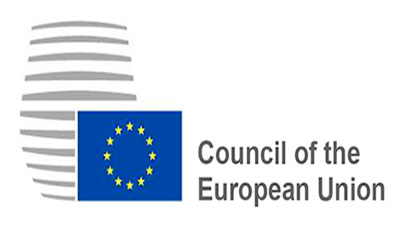Greece: Council shows solidarity through faster mobilisation of EU funds

On 16 September 2015, the Council’s Permanent Representatives Committee backed a Commission proposal to help Greece maximise its use of EU funds and improve liquidity for boosting growth and creating jobs. The proposal’s main objective is to address the lack of public funds available for much needed investments in Greece, and to ensure that the concerned European structural and investment funds deliver their benefits as rapidly as possible on the ground. The approved measures are exceptional and designed to respond to the unique situation created by the financial crisis in Greece.
The draft regulation would improve the liquidity of Greece by around €2.0 billion. This would be achieved in the following ways:
- An increase in advance payments by a total of 7 percentage points in 2015 and 2016 for the funding of the 2014-2020 period. This concerns the European social fund, the European fund for regional development, the cohesion fund and the European maritime and fisheries fund. This measure would make available an additional €1 billion in 2015 and 2016. Advance payments are made by the Commission to the member states automatically after the adoption of each operational programme to accelerate the implementation of the planned measures.
- An increase in the maximum EU co-financing rates to 100% for the 2007-2013 programmes financed by the cohesion fund, the European social fund and the European fund for regional development. Greece already benefits from a higher EU co-financing for this period: in many cases the EU covers 95% of the total investment costs, rather than the usual 85%. In addition, there would be an early release of the last 5% of the remaining EU payments normally retained until the closure of the programmes for the 2007-2013 period. Together with the increase of the co-financing rates this would make available an additional €1 billion in 2015 and 2016.
The total €2 billion would be frontloaded within the 2014-2020 period and be budgetary neutral over the same period.
Next steps
The position agreed by the Council serves as a mandate for the Luxembourg presidency to hold discussions with representatives of the European Parliament. Once an agreement between the Council and the Parliament is reached both institutions have to formally approve the outcome.
Background
The purpose of cohesion policy is to reduce disparities between the levels of development of the EU’s various regions by promoting economic growth, job creation and competitiveness.
The EU funds are the biggest source of foreign direct investment in Greece. Under the 2007-2013 programming periodalmost €42 billion are allocated to Greece. They consist of around €24 billion from EU structural and cohesion funds, the fisheries and rural development funds, and around €17 billion for direct payments to farmers and support measures for agricultural markets. Until now, Greece has received €38.4 billion, corresponding to 17.5% of average annual Greek GDP over that period. An amount of nearly €2 billion for cohesion policy is still available; if it is not used by the end of 2015 it would be lost.
For the 2014-2020 period, more than €35 billion have been earmarked for Greece. They consist of € 20 billion European structural and investment funds and over €15 billion for direct payments to farmers and support measures for agricultural markets. Out of this foreseen allocation, €4.5 billion have already been paid between 2014 and July 2015.
Source: European Council





























